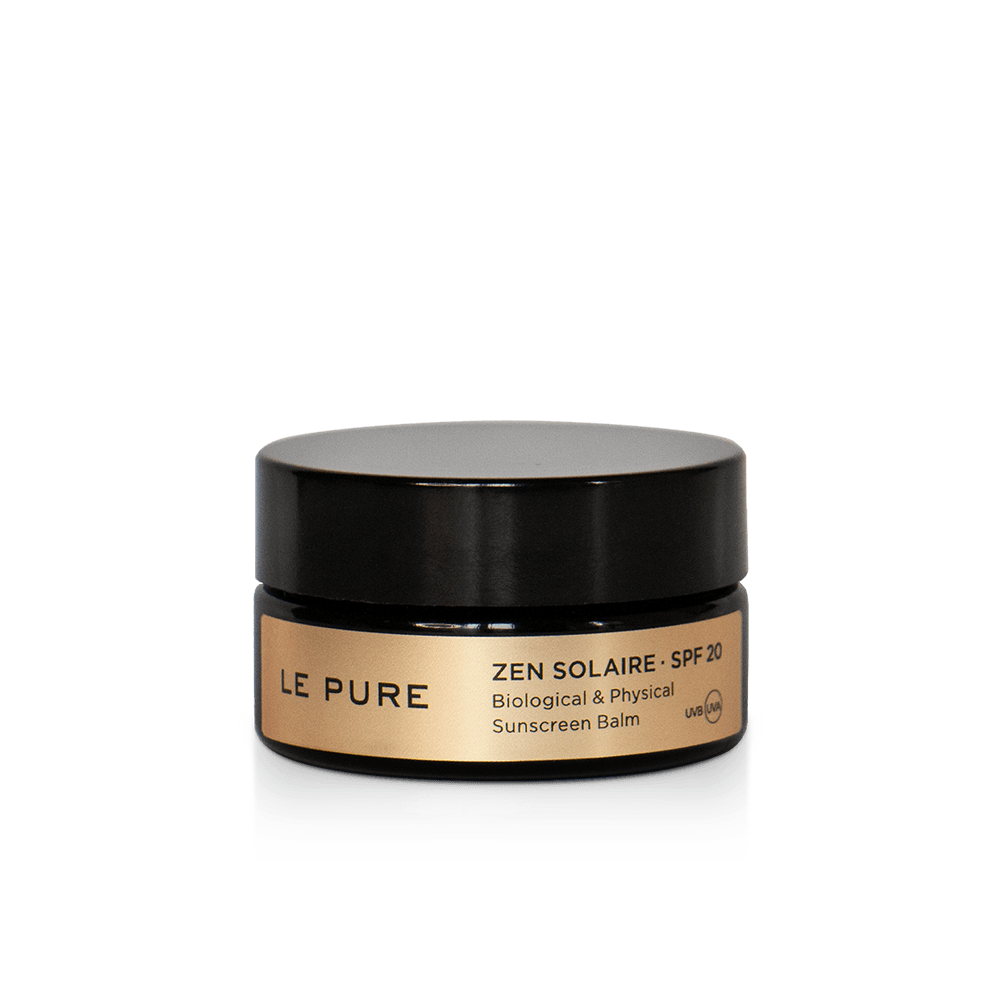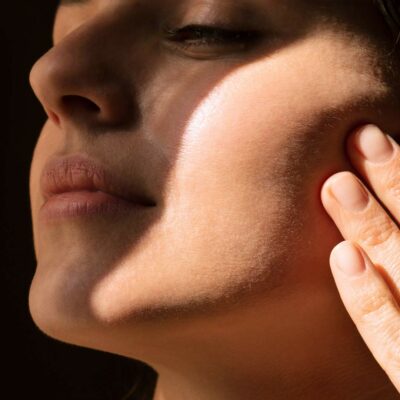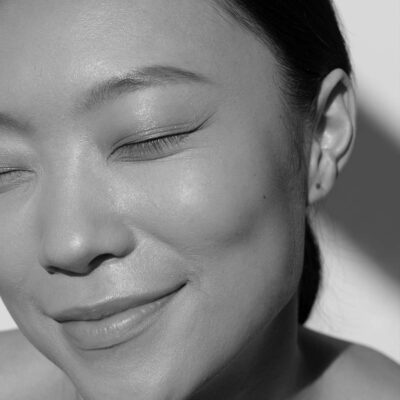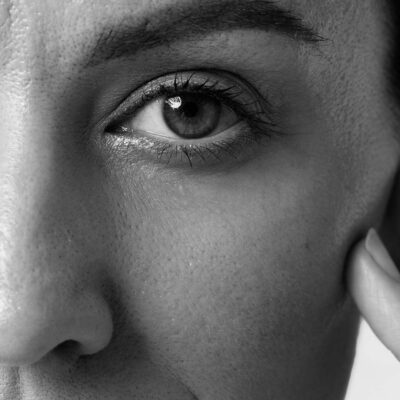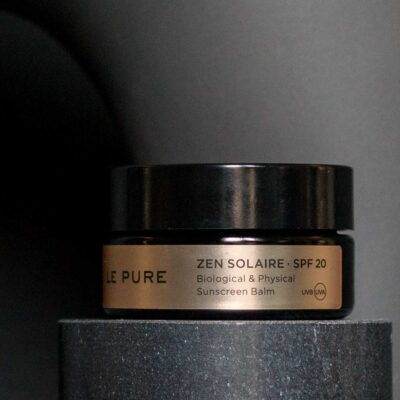Sun Protection Tips
Safe antiaging sun protection goes far beyond SPF factors and the following sun protection tips are a guide to provide you with healthy and safe alternatives to create your individual sun protection strategy, while preventing premature skin aging.

While most people think that a high SPF factor applied every morning is the perfect solution, the reality is very different and more people than ever are struggling with sun pigmentation, vitamin D deficiency, premature skin aging and other skin alterations.
SPF is a measure of how much UV radiation is required to produce sunburn on protected skin relative to the amount of UV radiation required to produce sunburn on unprotected skin.
But the SPF factor cannot tell us the protection of a product to counter oxidative stress and the development of free radicals. It also does not take into account the negative effects that some ingredients have on the skin, if they are applied very frequently.
Sun Protection for your Skin
Finding the ideal sun protection for your skin is essential for your overall health as well your skin. Just like plants, our body needs sun radiation to fulfil important functions in our organism, such as the synthesis of vitamin D.
Low vitamin D levels mean that the entire body cannot work well and is more prone to developing diseases.
Vitamin D highly affects the immune system, the intestine, the thyroid gland, the hormones and the metabolism (Vitamin D deficiency can lead to weight gain or inhibit weight loss).
Vitamin D supplementation can help, but our body and our skin still need vitamin D from sun radiation to optimise all body functions and to prevent premature aging.
Constant overprotection of the skin with high SPF sunscreen works against the natural functions of the skin and can actually increase skin aging. It is crucial for every person to find the perfect balance of safe, healthy sun exposure, while avoiding the negative effects from excessive UV radiation.
There are a variety of options that can provide your skin with safe sun protection. Depending on your individual need for sun protection, the best ways to protect yourself from the sun is always a combination of the following:
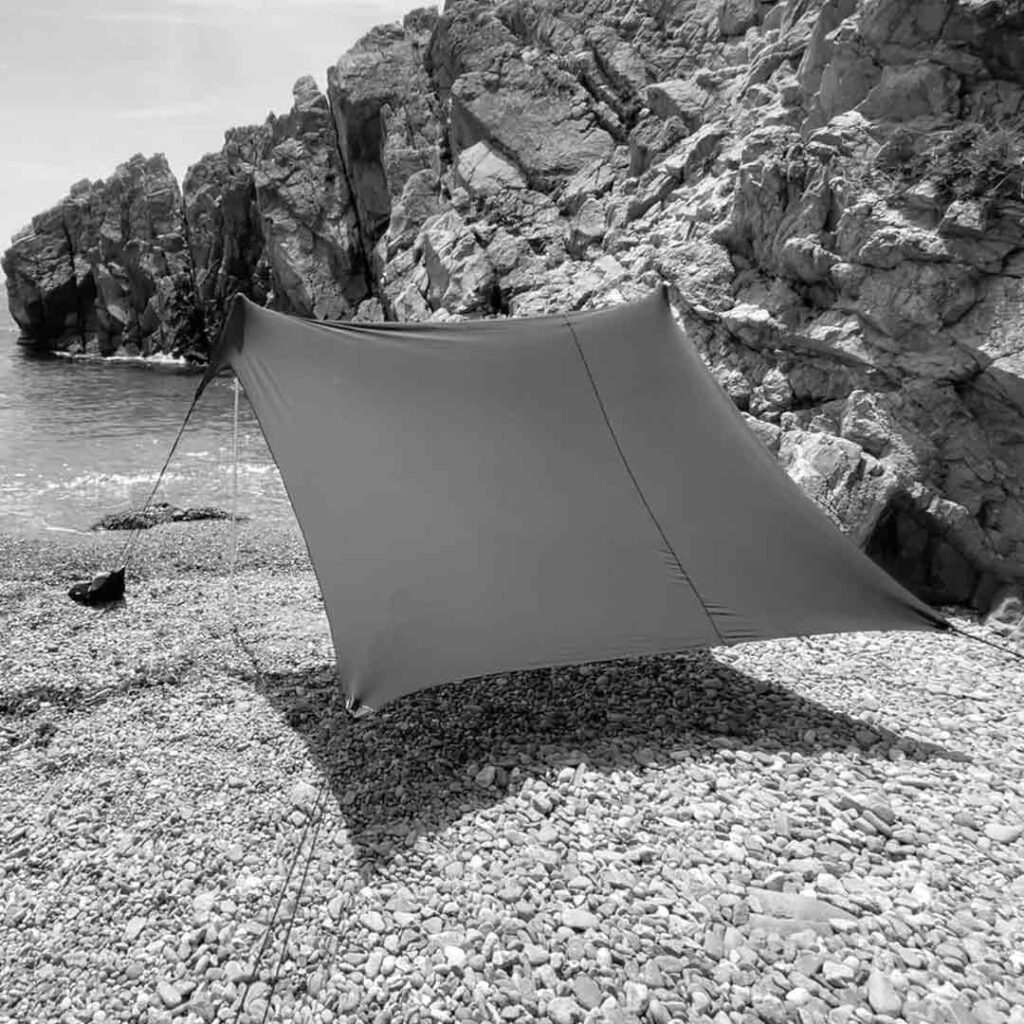
Staying out of the sun during the peak of its power between 10 am and 4 pm. is the ideal sun protection. However that’s not always possible or desirable, especially on the weekends or on holidays.
Therefore if you do want to spend time outdoors, you need to find the ideal balance of sun protection measures.
Being inside a building is generally the safest way to protect yourself from the sun. The windows generally block out all UVB rays but some UVA rays can still enter the room. This means you probably won’t get a sunburn from sitting at the window, but at peak sun hours the UVA rays can still affect your skin. Also watch out for reflective surfaces and mirrors that can expose you to UVA rays.
The windshield from cars usually protects against UVA and UVB rays, but if you are driving towards the sun for a couple of hours, a sunscreen with biological sunscreen filters (photoprotective plants) is recommended. The side windows of the car don’t come with standard UVA protection, therefore installing a protective shade in the summer months is a very good idea.
Indoor venues with strong lighting such as exhibition halls, concerts etc. can expose you to radiation and a biological sunscreen should be applied.
Staying in the shade is the ideal sun protection, especially when it comes to the peak hours of sun radiation. Parasols, sun shades or sun tents are a great option to create shade in a natural setting such as the beach. But even if you are below a parasol the reflection of the UV rays can still reach your skin.
Water, sand, snow and white book pages can increase and reflect UV radiation, so in the peak hours you should reinforce this option with another one or two of the following measures.
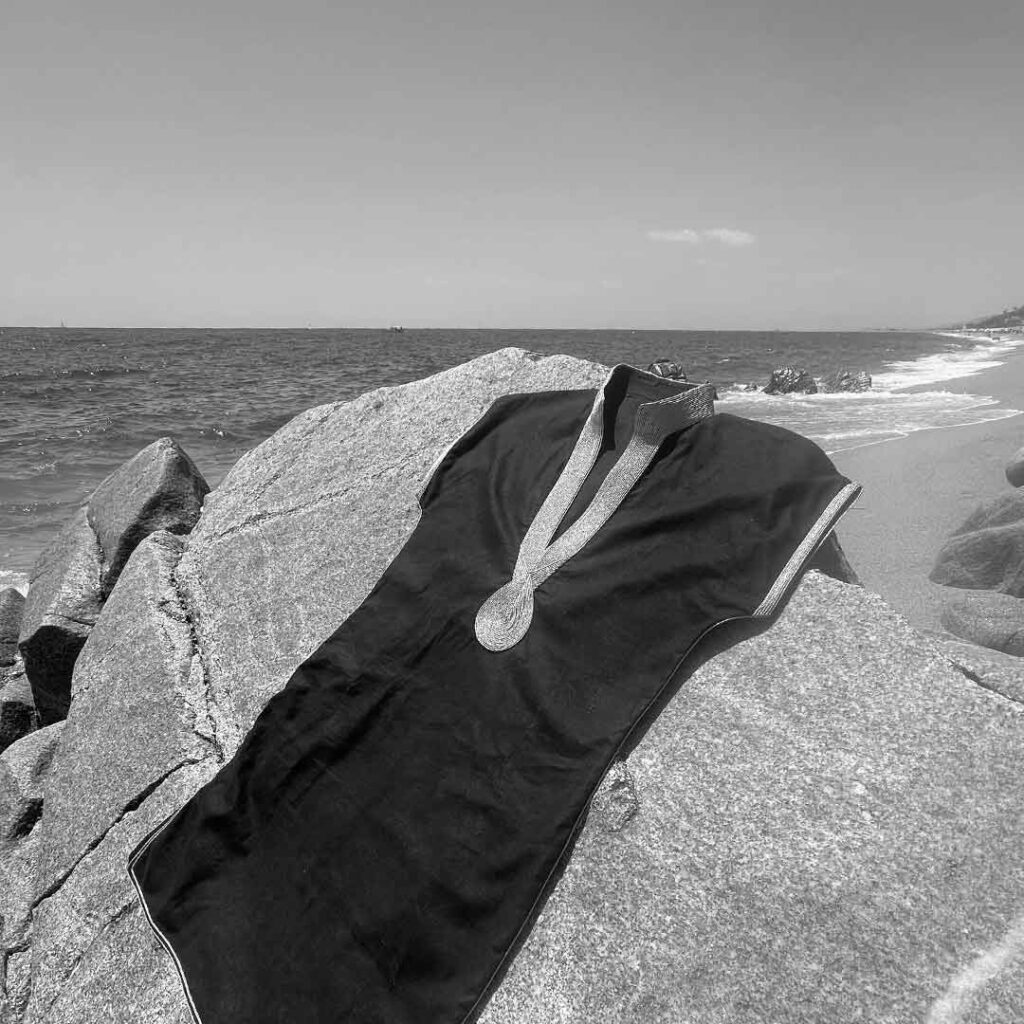
Clothes, hats and sunglasses are the perfect allies to protect yourself from the sun especially during the peak hours. Instead of applying layers and layers of skin suffocating, polluting sunscreen that is surely never applied thickly enough, apply biological sunscreen and spend the peak hours in the shade wearing a kaftan and a sun hat.
Reapply the sunscreen frequently on your face, hands, forearms and feet. This enables you to go for a quick swim and put the kaftan back on without having to constantly apply sunscreen that ends up in the water anyway.
Clothing and shade is a safer choice to protect your body skin than sunscreen, as sweating and swimming reduces the protection of the sunscreen applied on the body.
The sun protection of fabrics and materials is measured in UPF (Ultraviolet Protection Factor). Jeans fabric has a UPF of 100 and lighter colours and more transparent materials tend to be lower.
Products for Sun Protection
When it comes to sunscreen products we need to find the perfect balance between protecting the skin without covering it excessively. There are different types of sunscreen, but the most beneficial products for sun protection are the ones containing a high concentration of biological sunscreen.
Sunscreen products with a medium to high SPF contain either chemical sunscreen or physical sunscreen. Chemical sunscreen contaminates the environment and can disrupt your hormonal system, therefore we don’t recommend this option.
Physical sunscreen contains minerals such as titanium dioxide and zinc oxide, which remain on the skin surface and reflect the sun radiation. The problem is that most mineral sunscreen products also include chemically modified fats and substances, which together with the minerals create a suffocating layer on the skin. So while we apply this type of sunscreen to avoid premature skin aging, we interfere with the skin metabolism, which over time leads to skin aging and enlarged pores.
The solution is to use a biological sunscreen with a small amount of minerals. This combination protects the skin without suffocating it, while also increasing the self defence of the skin against UV radiation and allowing vitamin D synthesis.
This type of biological and mineral sunscreen can be combined with the measures mentioned above. The sunscreen balm Zen Solaire was formulated according to these principles.
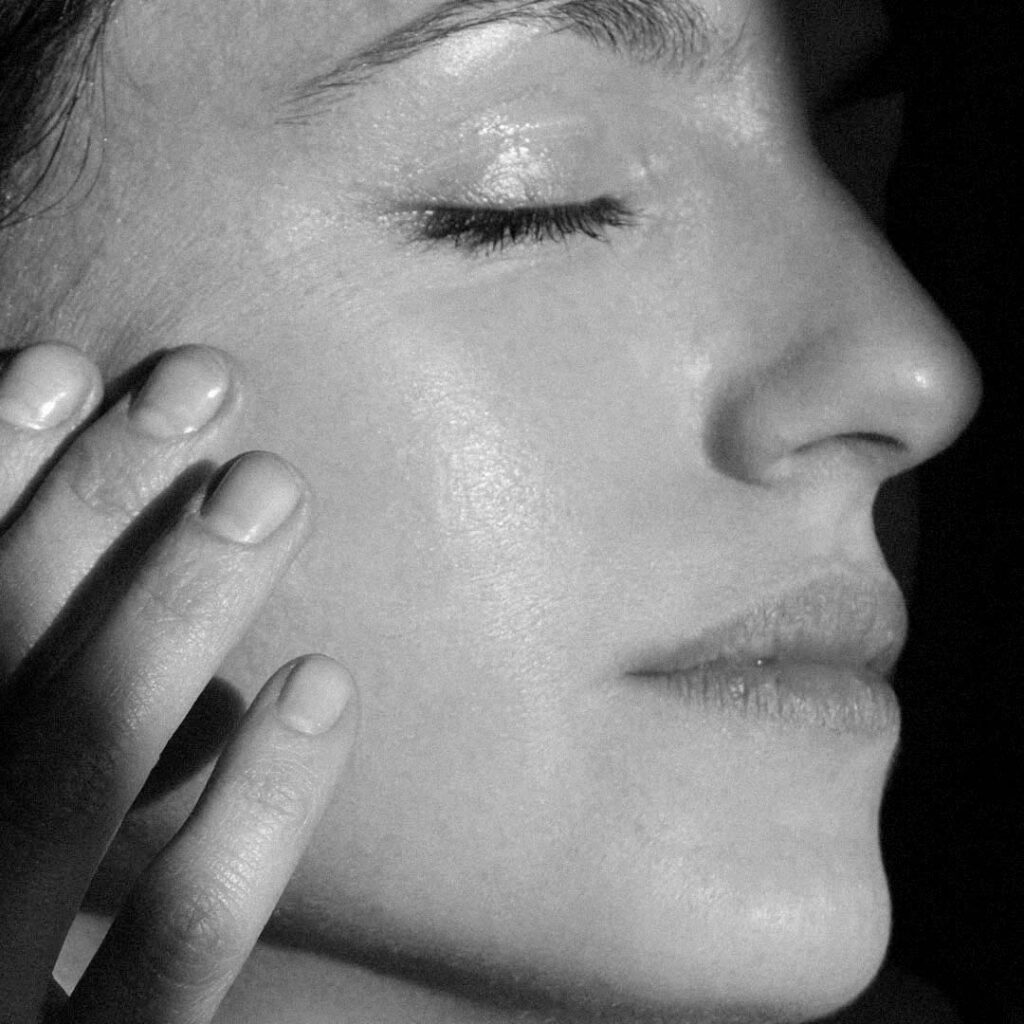
Start with a few minutes of sun exposure each day in spring and slowly increase according to your skin type, health and lifestyle. These short sun exposure should be with a biological sunscreen that does not inhibit the synthesis of vitamin D, which is key to assure the optimal functioning of the melanocytic cells and even pigmentation.
Over time, the biological sunscreen together with the natural self defence mechanisms enable the skin to protect itself effectively against UVB and UVA radiation damage.
Photoprotective plant nutrients further boost the skin’s self protection abilities from the outside (sunscreen) as well as the inside (nutrition).
These basic sun protection tips are like a tool kit, which you can adapt to your individual sun protection needs.
Each skin has different sun protection needs depending on a series of health, environmental and lifestyle factors.
